The Devil’s Bath
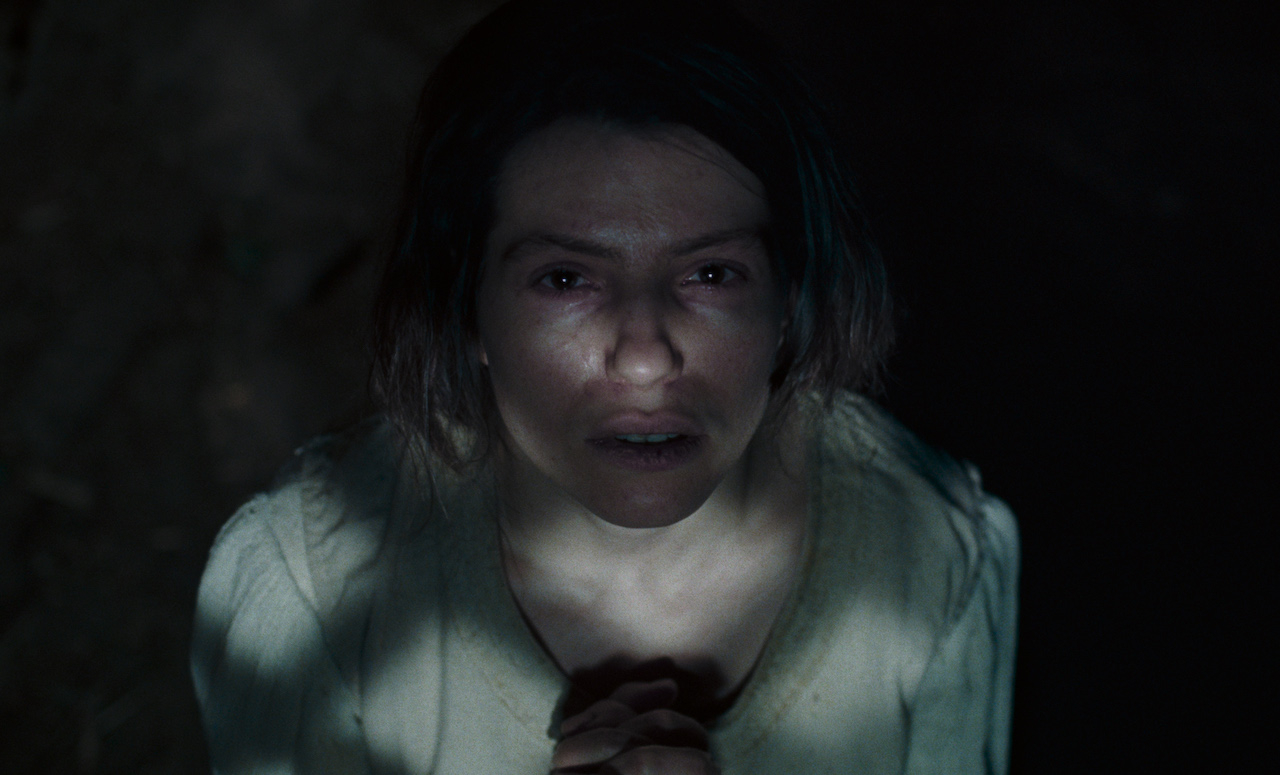
Besides being co-author to most of her husband Ulrich Seidl’s productions, filmmaker Veronika Franz is best known as the director of terrifying genre features Goodnight Mommy and The Lodge. This time, being a woman in 1750s Upper Austria is the horror she applies herself to in Berlinale title The Devil’s Bath.
After a villager is sentenced to death for killing a baby, one of her severed fingers is given to Agnes on her wedding, intended to work as a fertility charm. However, Agnes’s nightly prayers to fall pregnant amount to nothing, since her husband Wolf refuses to engage in the indispensable act in the conjugal bed. Unfulfilled in her marriage and ground down by the omnipresent religious forces, Agnes comes closer to understanding the desperate woman’s actions more than she cared to.
A loophole in the Catholic catechism, the act of murder with an ensuing confession and absolution granted by a priest before one’s execution provides the assumption into heaven that is denied the average suicide. This notion is an immensely enthralling starting point for a film. Unfortunately, Franz tarries at the premise, without taking it any further than the first 15 minutes of the film already cover.
The pacing is slow. Sombre locales are explored with inquisitive cinematography, the camera moving dextrously alongside its protagonists. Particularly during scenes in silence, Anja Plaschg’s face hauntingly projects her tormented inner life. However, there are a number of scenes where her natural expressiveness is superseded by shrieking hysterics, where the transitions feel misthreaded. Plaschg also provided the score for the film: incisive string instruments piercing marrow and bone.
While the repeated, un-simulated animal abuse on camera may add realism to the depicted atrocities, its existence doesn’t concur with the intended denunciation of the violence of the time. Rather it makes the filmmakers complicit in the senseless perpetuation of cruelty and leaves audience members in a state of distress they didn’t sign up for when they agreed to watch a piece of fiction.
In its best moments, The Devil’s Bath resembles feminist literature such as Charlotte Perkins Gilman’s The Yellow Wallpaper, which describes a slow descent into deliriousness. The best analogies, however, are delivered by the film itself: the plot is treading water like the characters trying to fish in the boggy lake, and the final result feels as lost as Agnes staggering through the foggy forests.
Selina Sondermann
The Devil’s Bath does not have a UK release date yet.
Read more reviews from our Berlin Film Festival 2024 coverage here.
For further information about the event visit the Berlin Film Festival website here.



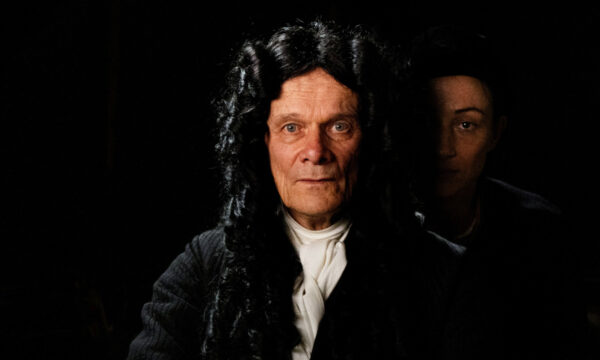
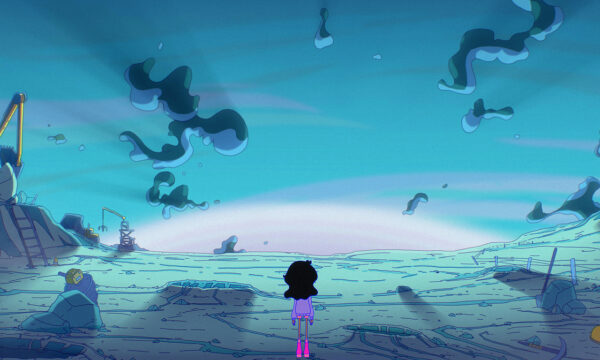
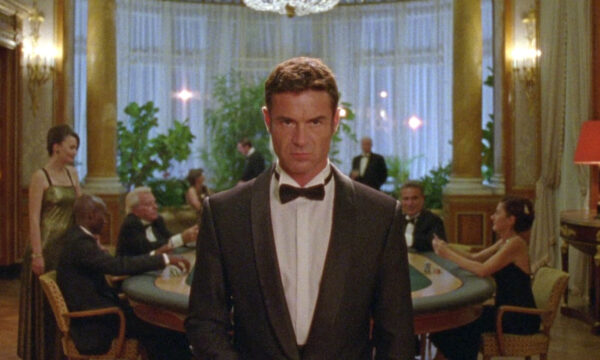
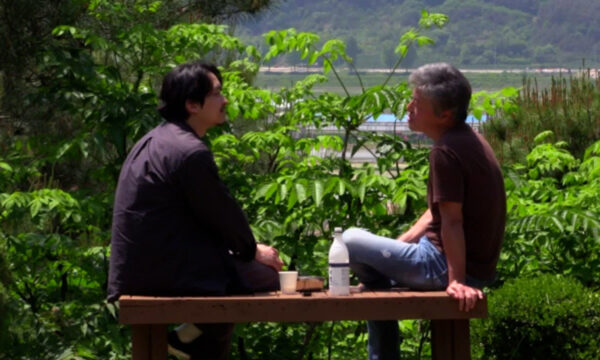
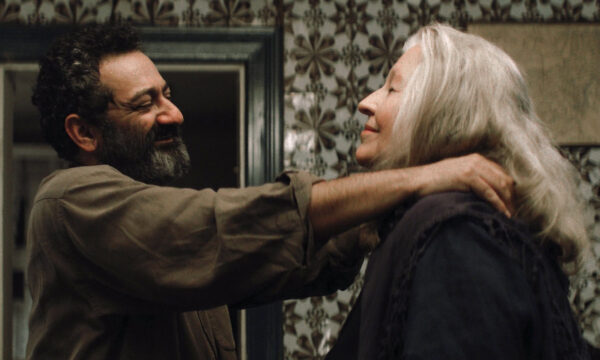
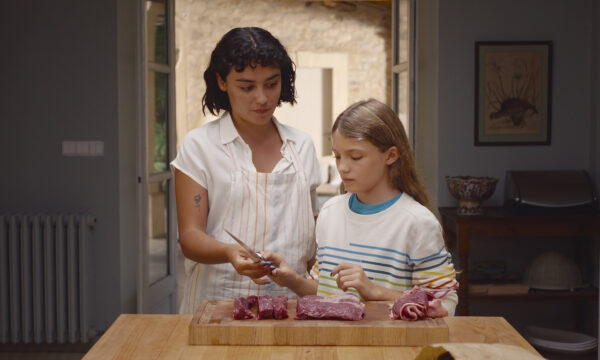
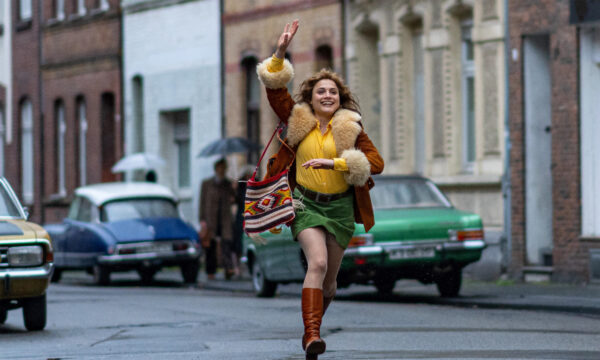
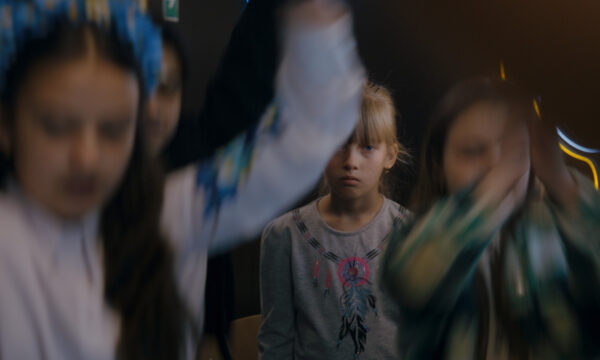








Facebook
Twitter
Instagram
YouTube
RSS